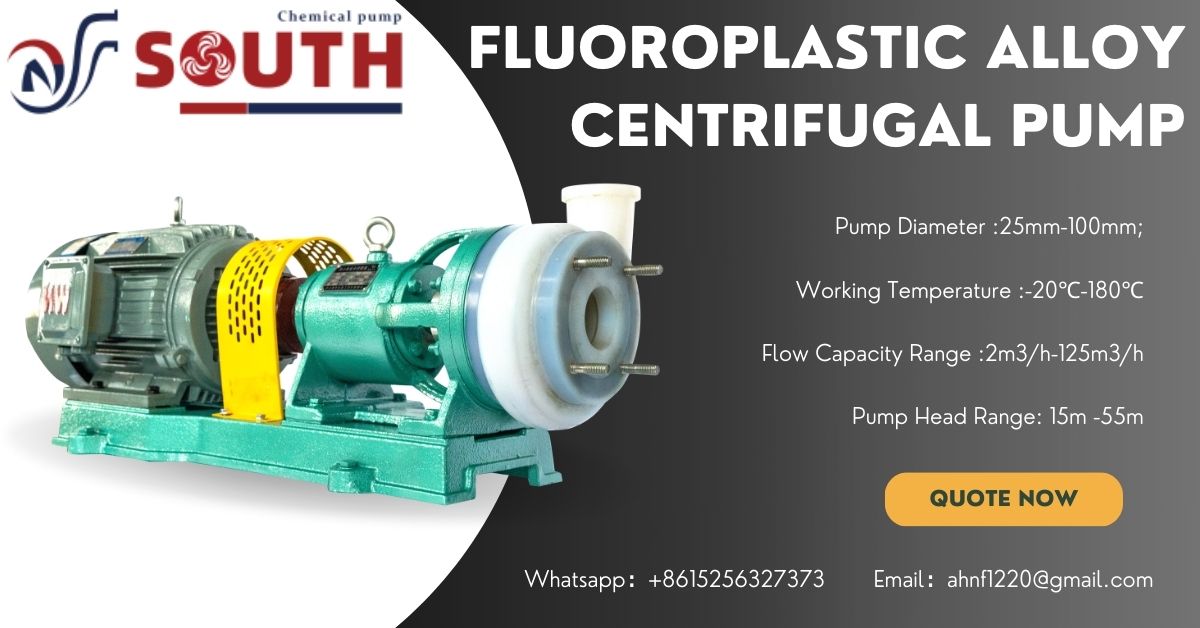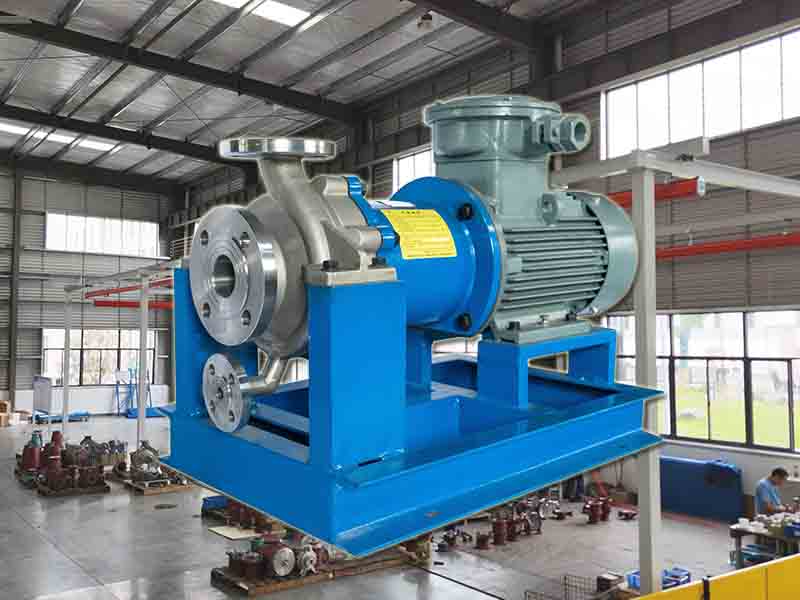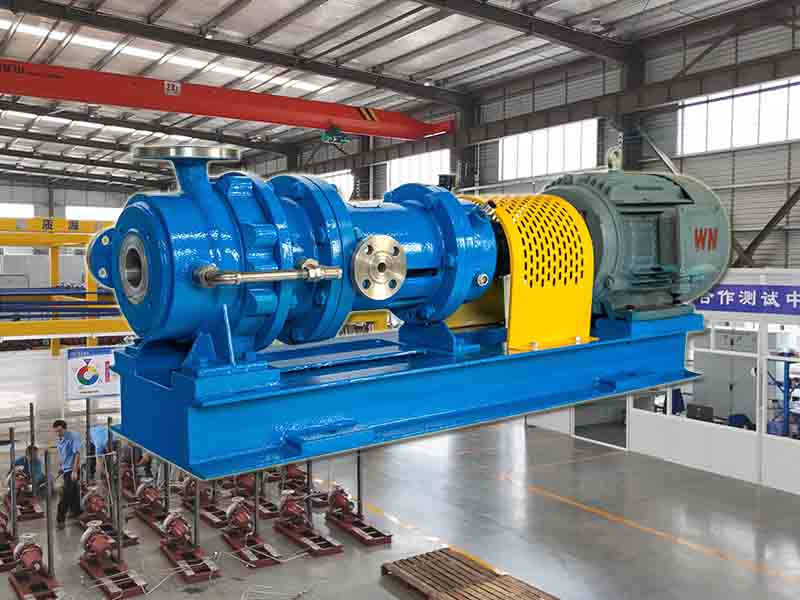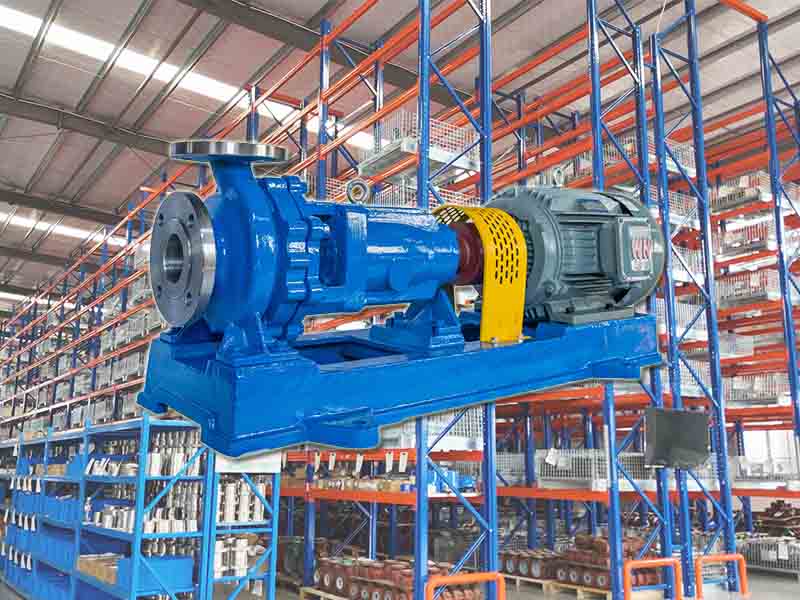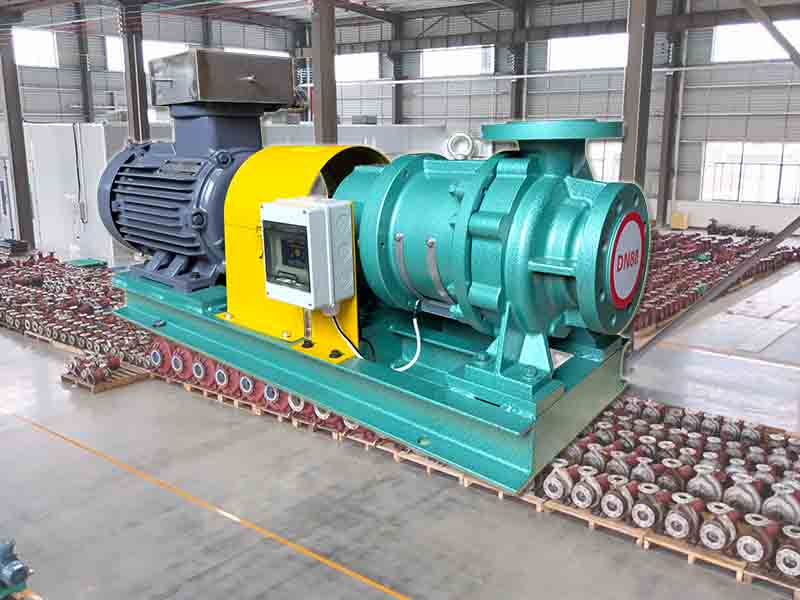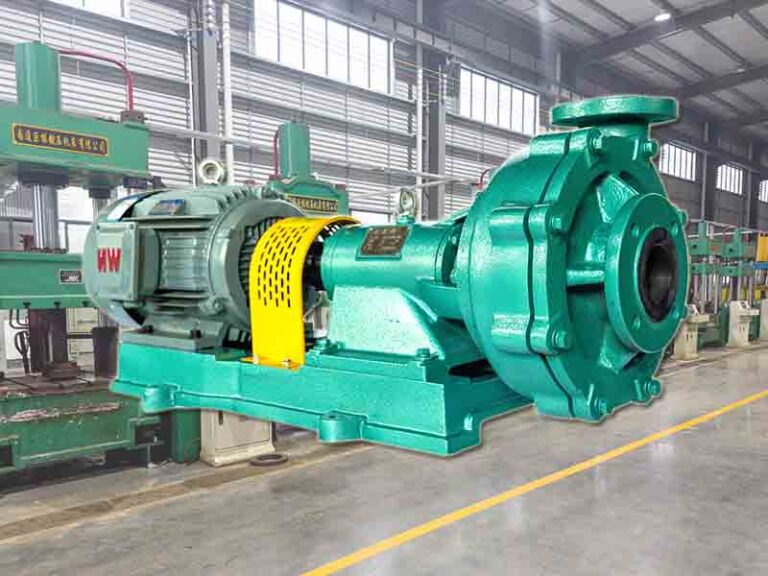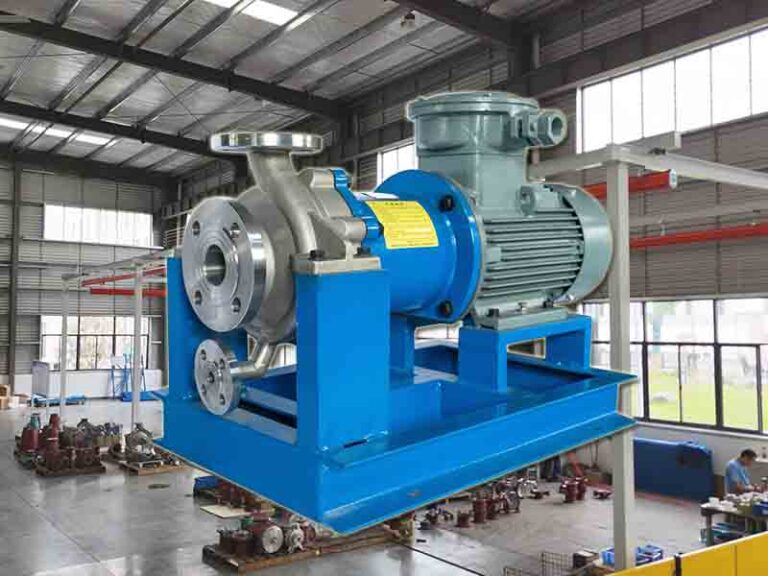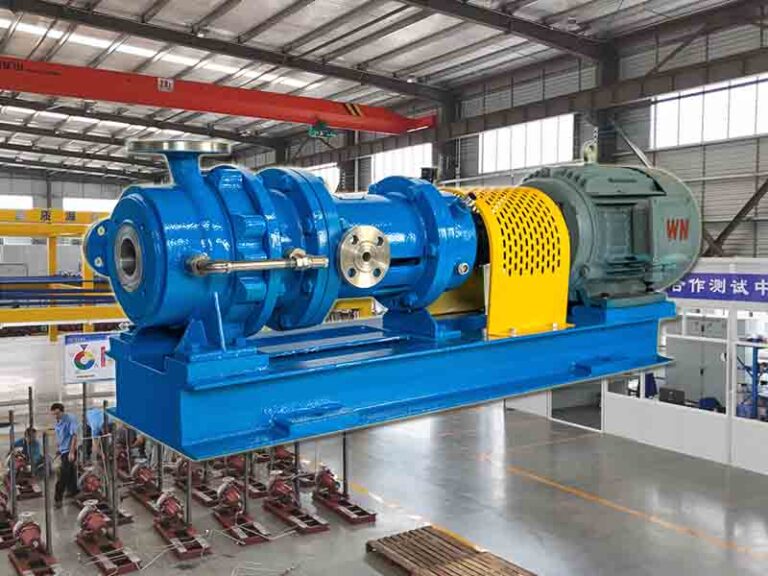When conveying various liquids, pumps are usually the first choice of many engineers. Different pumps also affect the efficiency and cost of conveying. Among the many types of pumps. Centrifugal pumps and self-priming pumps are always mentioned.
Among them, classic self-priming pumps are considered a type of centrifugal pump. But they are different in appearance, working method and application. Next, South Chemical Pump will take you to a more detailed understanding.
1. Appearance and design differences between centrifugal pumps and self-priming pumps
Pumps are often first distinguished by their appearance.
Centrifugal pumps
The electric centrifugal pumps is the most common pump used in industrial settings. It is usually composed of an impeller, pump housing, shaft, and seals. Its design is generally compact and simple. Where space is limited, this kind of centrifugal pump are well suited for simple, high-flow liquid delivery.
Self-priming pumps
In contrast, series of self-priming pumps are taller and more bulky. This is because vacuum-assisted motor pumps have a dedicated air-water separation structure. This structure helps the pump to expel air when the liquid source to be transported is located below the pump. This also ensures the self-priming ability of the type of self-priming pump.
2. How do centrifugal and self-priming pumps work?
Even though self-priming pumps are a type of centrifugal pump, they differ greatly in how they operate. Especially when it comes to priming and air handling.
Centrifugal pumps
The working principle of a centrifugal pump is to use centrifugal force to transport liquid. When the liquid enters the pump port, the centrifugal pump technology will turn to one or two impellers to generate centrifugal force. Then the liquid is quickly discharged.
During this working process, the center of the classic centrifugal pump body is vacuum. This is for better and continuous suction of liquid.
It is worth noting that before starting the centrifugal pump for emergency, you need to make sure that the pump casing and pipeline are full of liquid. This means that manpower must be consumed for operation.
Self-priming pumps
One advantage of a self-priming pump is that it can be self-primed. So there is no need to consume any labor costs. This is a feature that a centrifugal pump does not have.
Why can a pump of vacuum-assisted motor maintain this advantage? Because when the easy self-priming pump is working, its impeller generates internal turbulence. Then the air in the liquid can be discharged from the inside of the air pipe. Then the liquid is continuously transported.
However, in order for the products self-priming pump to work continuously, you need to equip it with a filter under the water pipe. This is done to prevent the stones and other debris in the liquid from affecting the work of the pump easy self-priming.
3. Applications of Centrifugal and Self-Priming Pumps
Due to the different liquid media being transported. So different centrifugal pumps have corresponding applications.
Centrifugal pumps
Most industries can meet the requirements with ordinary centrifugal pumps. For example, water supply systems, industrial cleaning, irrigation systems and other industries.
At the same time, motor centrifugal pumps easy can also be used in the power, metallurgy, coal industry, etc. It can also be used for conveying in the building materials industry and making slurries with particles.
Self-priming pumps
However, when the liquid fluctuates or the liquid is located below the pump. Liquid for self-priming pumps will be your ideal choice. For example, in industries such as agriculture and wastewater management. Especially in agriculture, series of vacuum-assisted pumps can simulate drizzle for irrigation.
In addition, self-priming motor pumps can handle chemical solutions or paste-like slurries. They can also be mixed with most types of filter presses.
4. Which is better, centrifugal pump or self-priming pump?
Many people may wonder. Which one is better, a electric centrifugal pump or a classic self-priming pump. In my opinion, it depends on your specific needs. For example, what is your working environment? What do you need the pump to work efficiently?
When the liquid source is readily available or it is easy to manually start the pump body. Ordinary centrifugal pumps may be a good choice. This kind of centrifugal pumps have the advantages of high flow and low energy consumption.
The most important thing to note in use is that the liquid is higher than the pump body. Or the liquid needs to fill the pump casing.
On the other hand, this kind of self-priming pumps are ideal for more challenging scenarios. That is, where the pump is located above the liquid level, or the fluid is susceptible to entrainment with air or gas.
Series of self-priming pumps can automatically start and maintain a continuous flow of liquid. Making them more suitable for environments where frequent priming would be cumbersome or time-consuming.
At Anhui South Chemical Pump, we offer a wide range of pump types, including centrifugal and self-priming. Whether you need it for irrigation or for high-flow industrial applications. We provide expert guidance and a wide range of pump options.
If you are unsure which pump is right for your project, feel free to contact us. We will provide the best solutions and support to ensure your pumping system is running at its best.

